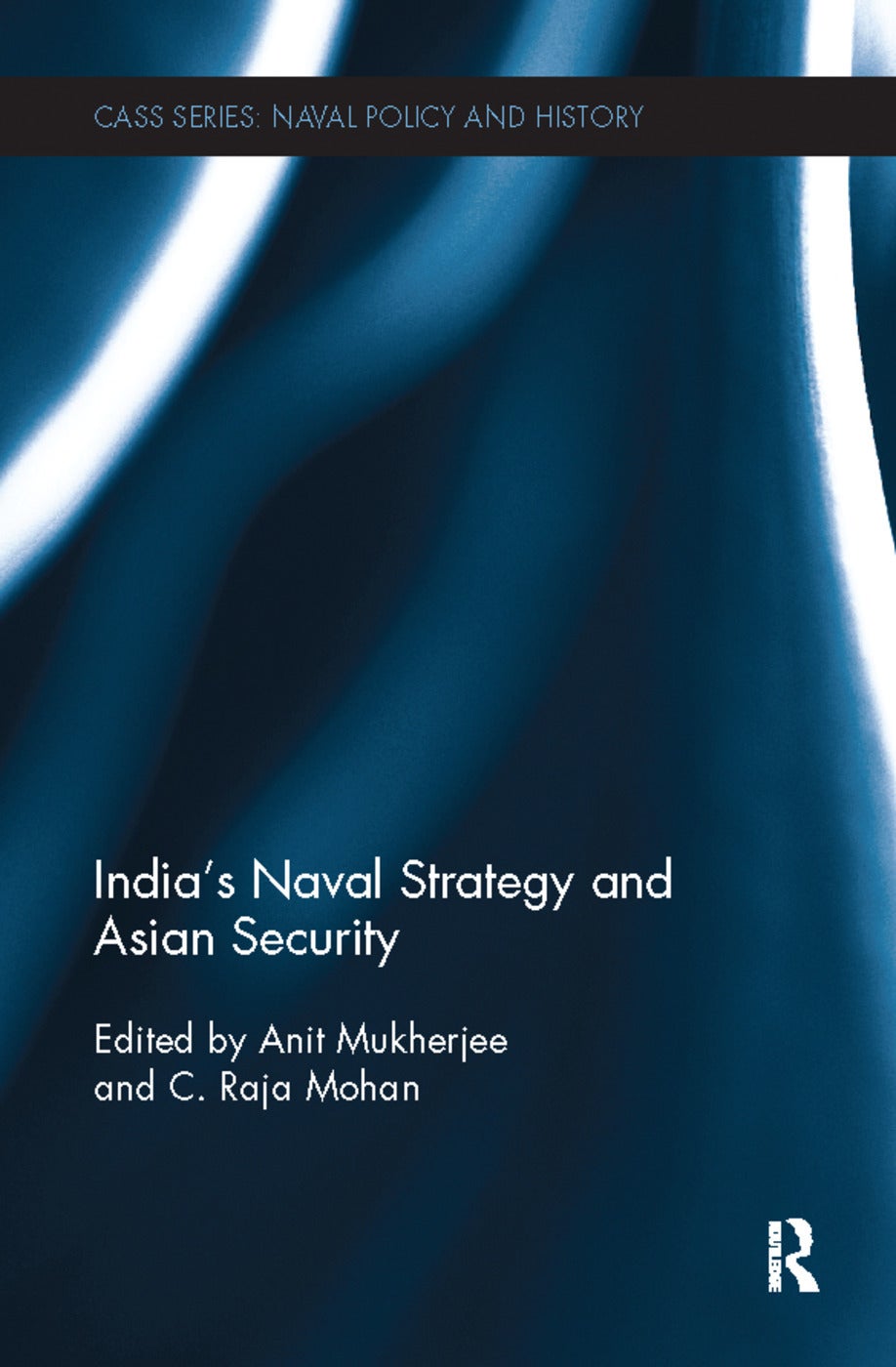
| Title: | India’s Naval Strategy and Asian Security |
| Author/s: | Anit Mukherjee, Chilamkuri Raja Mohan |
| Abstract: | This book examines India’s naval strategy within the context of Asian regional security.
Amidst the intensifying geopolitical contestation in the waters of Asia, this book investigates the growing strategic salience of the Indian Navy. Delhi’s expanding economic and military strength has generated a widespread debate on India’s prospects for shaping the balance of power in Asia. This volume provides much needed texture to the abstract debate on India’s rise by focusing on the changing nature of India’s maritime orientation, the recent evolution of its naval strategy, and its emerging defence diplomacy. In tracing the drift of the Navy from the margins of Delhi’s national security consciousness to a central position, analysing the tension between its maritime possibilities and the continentalist mind set, and in examining the gap between the growing external demands for its security contributions and internal ambivalence, this volume offers rare insights into India’s strategic direction at a critical moment in the nation’s evolution. By examining the internal and external dimensions of the Indian naval future, both of which are in dynamic flux, the essays here help a deeper understanding of India’s changing international possibilities and its impact on Asian and global security. |
| Date: | 19 November 2015 |
| More From: |
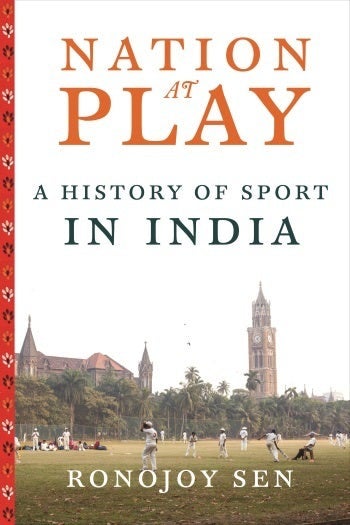
| Title: | Nation at Play – History of Sport in India |
| Author/s: | Ronojoy Sen |
| Abstract: | Reaching as far back as ancient times, Ronojoy Sen pairs a novel history of India's engagement with sport and a probing analysis of its cultural and political development under monarchy and colonialism, and as an independent nation. Some sports that originated in India have fallen out of favor, while others, such as cricket, have been adopted and made wholly India's own. Sen's innovative project casts sport less as a natural expression of human competition than as an instructive practice reflecting a unique play with power, morality, aesthetics, identity, and money.
Sen follows the transformation of sport from an elite, kingly pastime to a national obsession tied to colonialism, nationalism, and free market liberalization. He pays special attention to two modern phenomena: the dominance of cricket in the Indian consciousness and the chronic failure of a billion-strong nation to compete successfully in international sporting competitions, such as the Olympics. Innovatively incorporating examples from popular media and other unconventional sources, Sen not only captures the political nature of sport in India but also reveals the patterns of patronage, clientage, and institutionalization that have bound this diverse nation together for centuries. |
| Date: | 27 October 2015 |
| More From: |
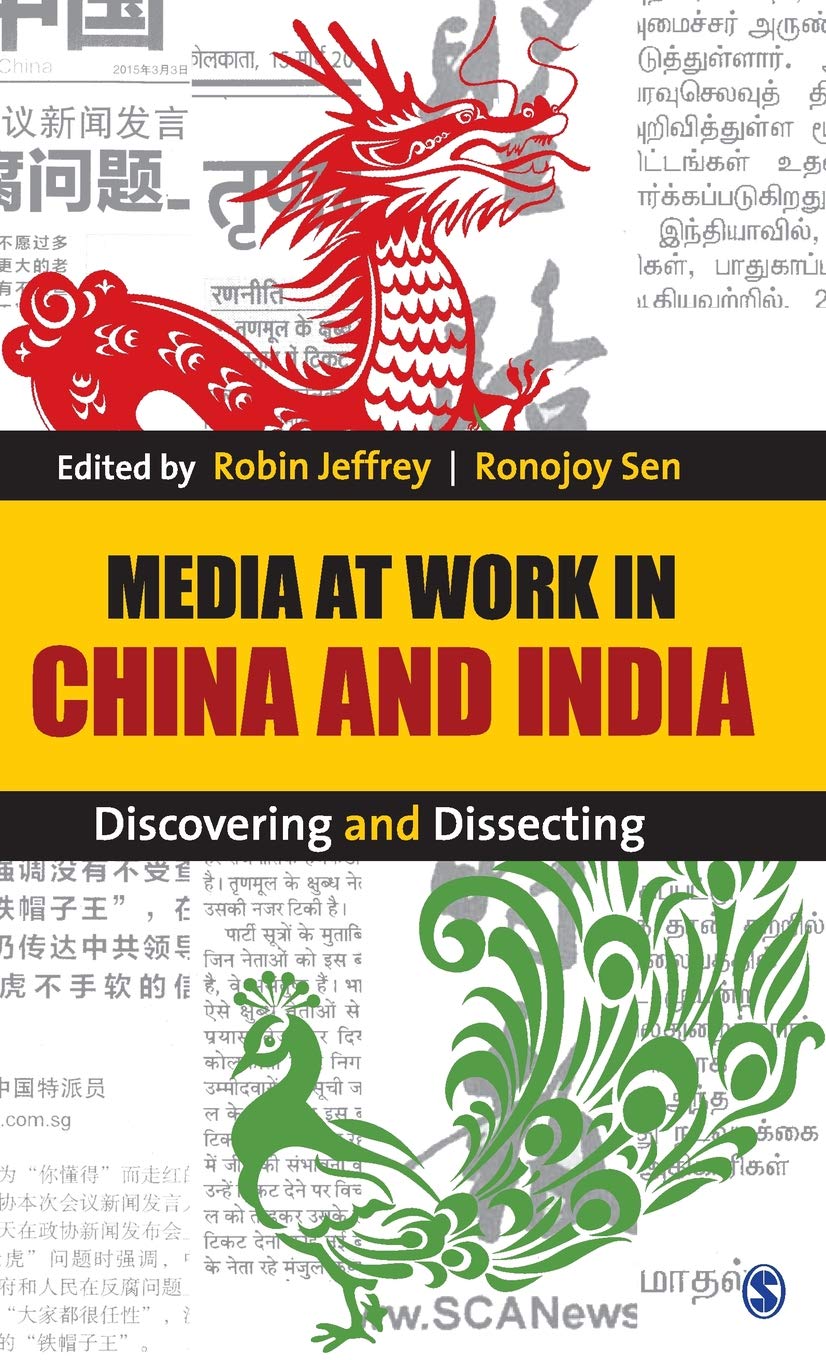
| Title: | Media At Work In China and India: Discovering and Dissecting |
| Author/s: | Robin Jeffrey, Ronojoy Sen |
| Abstract: | Anyone who visits India or China will puzzle over their vast media systems. Though they exercise immense influence, the world knows very little about the media landscape in the two countries. The world’s two most populous countries, comprising close to 40 per cent of the global population, have disputed boundaries and the legacy of the 1962 war. Mass media in both countries plays a pivotal role in domestic politics and is capable of telling provocative nationalist stories. This book helps readers to understand the complexities of media in India and China, and their similarities and differences. It introduces the two media systems, the people who work in them, the work they produce and the pressures that influence their work. It analyses how economic forces drive media, how newsrooms work and how governments in each country manage the coverage of disasters. Media at Work in China and India fosters greater reflection, curiosity and perhaps, even wisdom, about fast-changing media in these 21st century powerhouses. |
| Date: | 26 October 2015 |
| More From: |
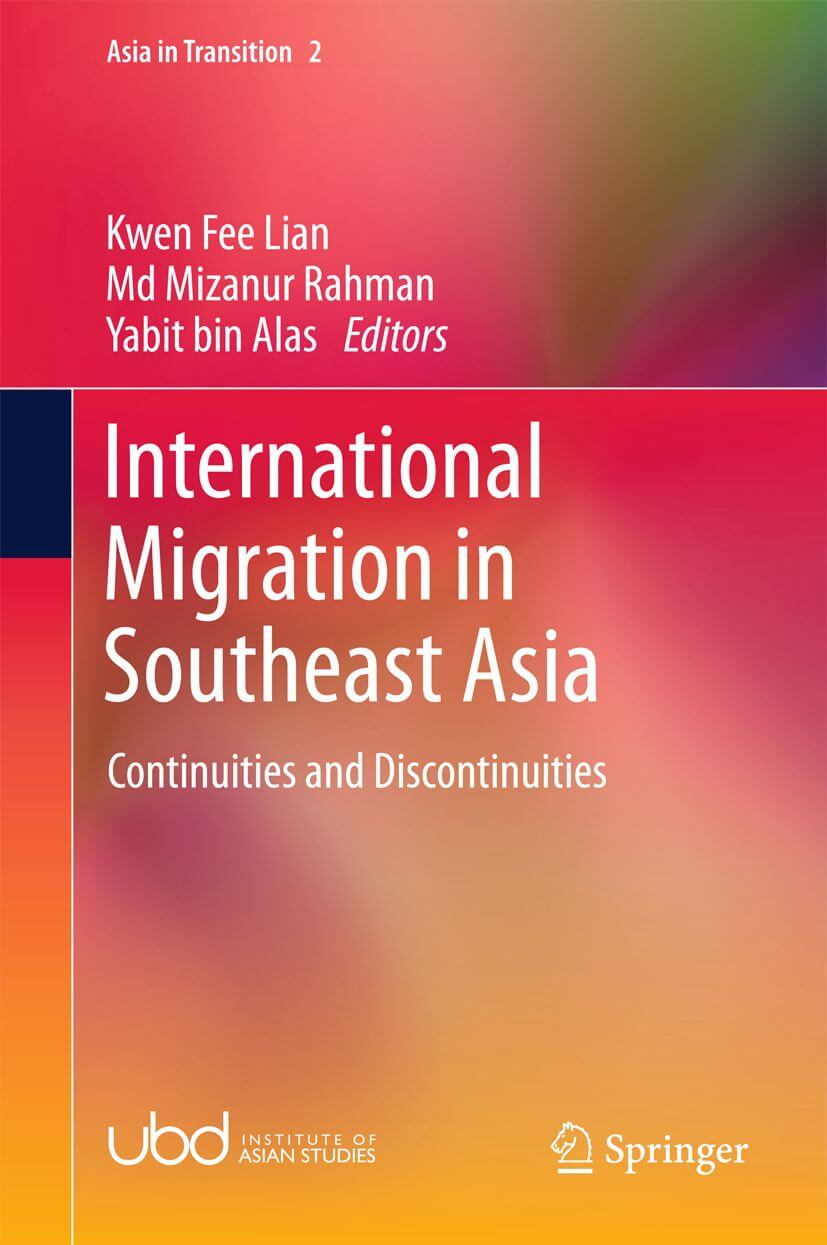
| Title: | International Migration in Southeast Asia |
| Author/s: | Lian Kwee Fee, Md Mizanur Rahman, Yabit Bin Alas |
| Abstract: | This book is a collection of work by migration scholars and researchers who are actively conducting fieldwork in Southeast Asia. It presents a wide variety of current research and approaches the field of international labor migration from a regional perspective, acknowledging that the migration process goes beyond local and national boundaries and is embedded in regional and global interconnections. The chapters capture the complexity and richness of the migration phenomenon and experience, which manifests itself in a multitude of ways in a region well known for its diversity. The collection highlights the continuities and discontinuities in the linkages that have been forged through the movement of people between sending and receiving societies. Such linkages are explained by distinguishing between migration that has been sustained by a colonial past and migration that has been precipitated by globalization in the last two decades. The diversity of issues in the region covered by this volume will encourage a rethink of some of the conventional views of migration scholarship and result in a more critical reflection of how we approach migration research. |
| Date: | 24 October 2015 |
| More From: |
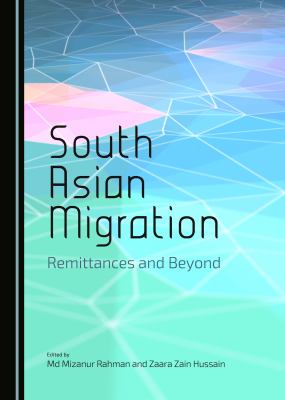
| Title: | South Asian Migration: Remittances and Beyond |
| Author/s: | Md Mizanur Rahman, Zaara Zain Hussain |
| Abstract: | International migration is a dynamic global phenomenon that has been drawing increasing attention from both scholars and policymakers over the last few decades. It is particularly relevant to South Asia, since the region is a vast source of sojourner migrant labour, as well as home to permanent immigrant and diaspora communities. The chapters brought together in this volume provide insights into the study of international migration, diaspora engagement and remittances in South Asia. In particular, they analyse the implications of this phenomenon in relation to development and shed light on migration- and diaspora-led development in two sections: firstly, Remittance-Induced Development and secondly Diaspora-Induced Development. The geographic focus of the volume is the global South Asian emigrant population who live outside the region. This volume demonstrates that international migration, remittances and development offer an exciting field of academic study, as well as a vibrant area of policy study. Its multi-disciplinary dimensions enlarge its scope and applicability across several domains. As such, this volume offers an important contribution to the growing field of international migration in both the academic and policy spheres. |
| Date: | 1 September 2015 |
| More From: |
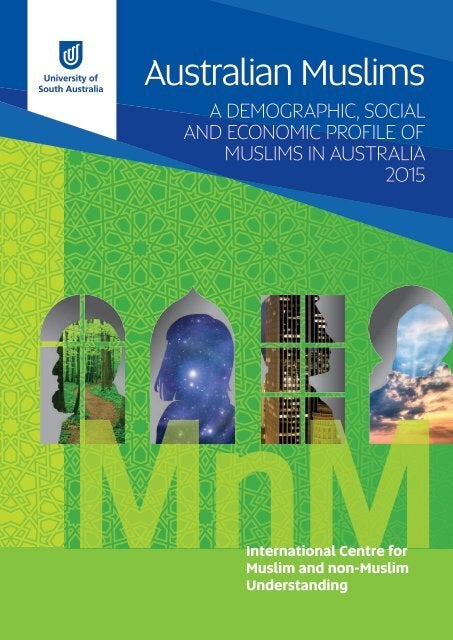
| Title: | Australian Muslims: A Demographic, Social and Economic Profile of Muslims in Australia |
| Author/s: | Riaz Hassan |
| Abstract: | Contact between Muslim Indonesian fishermen from Southern Sulawesi and Indigenous people in northern Australia from around the 1750s is the earliest evidence of a Muslim connection in Australia. However, it was not until the 1860s with the arrival of Afghan cameleers that Muslims settled in greater numbers in Australia. At the peak of exploration and settlement of central Australia, around 3000 Afghans worked as camel drivers carting water and goods in the difficult terrain. Initially they were seen as very dependable and cheap labourers and they were employed in the public sector as well as by pastoralists in remote sheep stations. This led to friction between the traditional European bullock teamsters, popularly known as ‘bullockies’, and the Afghans. There were fatal shooting incidents between the two groups and at least one anti-Afghan league was formed in the Coolgardie region. |
| Date: | 25 June 2015 |
| More From: |

| Title: | Pakistan-Moving the Economy Forward |
| Author/s: | Rashid Amjad and Shahid Javed Burki |
| Abstract: | Pakistan's economic performance over the past 65 years has confounded its critics – when the country has performed much better than expected, especially in the early years – and disappointed those who had high expectations, given its initial start and economic potential. The central question that the contributors to this volume seek to answer is how to reverse the current prolonged period of low growth and high inflation that Pakistan has experienced, and to suggest and implement measures that would decisively move the economy onto a more sustainable growth path. The book draws on the wide experience of the authors at the highest level of policy-making to put forward realistic and concrete policies keeping in mind what works and does not work in the current socio-economic-political milieu. It also moves beyond the income measurement of poverty toward a more comprehensive analysis of what the best way is to target poverty in Pakistan. |
| Date: | 13 April 2015 |
| More From: |
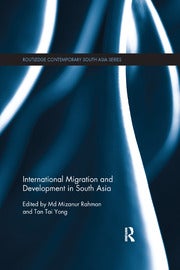
| Title: | International Migration and Development in South Asia |
| Author/s: | Md Mizanur Rahman, Tan Tai Yong |
| Abstract: | In migration studies, the nexus between migration and development in the global South has been meticulously debated. However, a unanimous resolution to this debate has not been found, due to the ever-changing nature of international migration. This book advances knowledge on the global debate on the migration-development relationship by documenting experiences in a number of countries in South Asia.
Drawing on the experiences of global South Asians, this volume documents the impact of migration on the social, economic, and political fields in the broader context of development. It also presents a regional experience by looking into the migration-development nexus in the context of South Asia, and analyses the role South Asian migrants and diaspora communities play in the South Asian society. Contributions from a variety of disciplinary backgrounds, including sociology, anthropology, political science, international relations and economics, document the development implications of South Asian migration. Broad in scope in terms of contents, timeline of migration, and geographical coverage, the book presents empirically-based case studies involving India, Bangladesh, Sri Lanka, Pakistan, and Nepal and their emigrants living and working in different parts of the world. |
| Date: | 10 April 2015 |
| More From: |
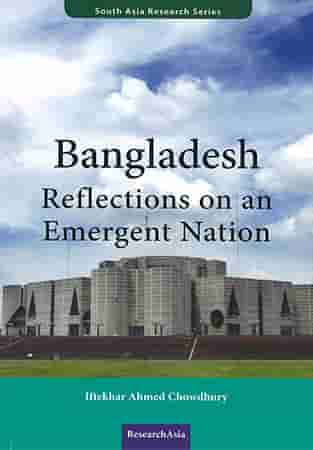
| Title: | Bangladesh: Reflections on an Emergent Nation. |
| Author/s: | Iftekhar Ahmed Chowdhury |
| Abstract: | The pandemic meant the celebrations of Bangladesh's 50th year of independence in 2021 were more subdued than hoped. This Viewpoint article reflects on the messages and the silences emerging from the international articles and online conferences marking the anniversary. Bangladesh's long experience on the frontlines of untrammelled globalization and climate change means it now has lessons, both good and bad, for the rest of the world. Compared to contemporary India or Pakistan, Bangladesh has made great progress, and international articles focused heavily on its economic development and social indicators. There was little, if any, attention to any other aspects of the nation (culture, history, politics), reflecting Bangladesh's continued status as the world's ‘Aid Lab'. Scholars and observers noted that the sounds of economic success often drown out discussion of the problems, including not least inequality, social injustice, and the recurrent problem of violence against religious minorities. The article concludes that the clearest sign of Bangladesh's success is in how seriously it takes the issue of women’s rights. Discussions about Bangladesh at 50 highlighted how much its success owes to the hard labour, ingenuity and resourcefulness of its women, a matter both worthy of celebration and a lesson for the world. |
| Date: | 1 March 2015 |
| More From: |
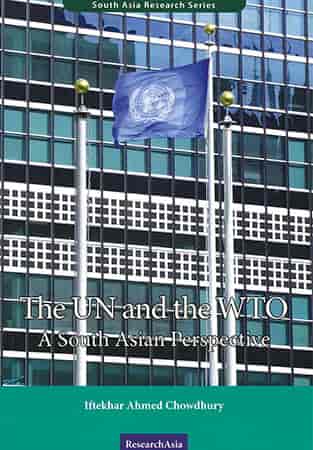
| Title: | The UN and the WTO: A South Asian Perspective |
| Author/s: | Iftekhar Ahmed Chowdhury |
| Abstract: | This article examines the extent and causes of globalization and its consequences for the policy strategies of Southeast Asian countries. Added to the digital revolution's contribution to globalization have been substantial policy reforms by national governments in the past two decades. The reforms have been partly unilateral and/or regional (as with the ASEAN Free Trade Agreement). But the GATT/WTO has been crucial during the past half century in encouraging economies to open up more and to commit to staying open to international trade and investment. Greater openness of and interdependence between national economies provides bountiful opportunities for ASEAN economies, but it is not without its challenges. Globalization is raising the rewards for economies choosing good economic governance, but is also raising the costs for economies with poor economic governance. Good economic governance requires a permanent commitment to a liberal international trade and payments regime, and to secure property rights. |
| Date: | 1 March 2015 |
| More From: |
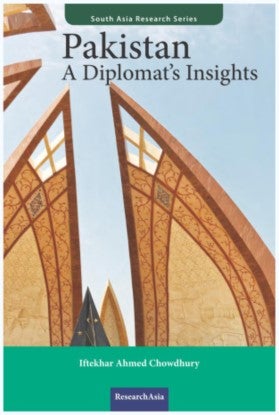
| Title: | Pakistan: A Diplomat’s Insights |
| Author/s: | Iftekhar Ahmed Chowdhury |
| Abstract: | The recent Foreign Secretary-level talks between India and Pakistan have failed to break the ice with regard to any of the major issues between New Delhi and Islambad. Yet, for a variety of critical reasons, It is essential to regional peace and stability that the two nuclear-armed of South Asian states bridge their main differences. In order to be able to do so, new and out-of-the-box’ thinking is necessary on both the process and substance of their bilateral deliberations. The article, based on the author’s own experience of diplomatic negotiations among South Asian nations both at official and political levels, seek to suggest a way out of the impasse in order to be able to move forward discarding conflict for cooperation. |
| Date: | 1 March 2015 |
| More From: |
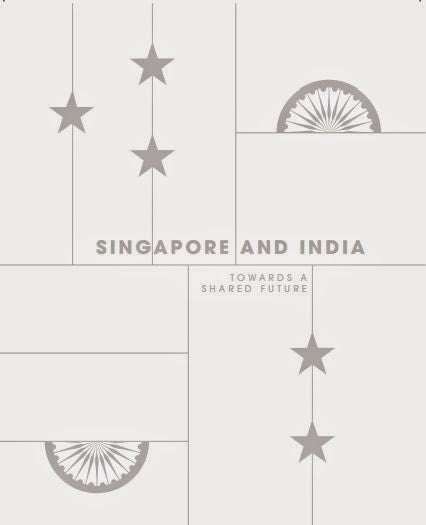
| Title: | Singapore and India : Towards a Shared Future |
| Author/s: | Institute of South Asian Studies (ISAS) |
| Abstract: | When India's first Prime Minister Jawaharlal Nehru visited Singapore in 1946 a year before India's historic independence many people turned up at the Jalan Besar Stadium to hear him speak. The mood in Singapore then was one of optimism, following the end of the Japanese Occupation. Nationalist sentiments were on the rise and Singapore itself would go on to gain independence in 1965. Standing in the crowd that day was a pregnant lady who had come to listen to the Indian statesman. Midway through his speech, Mr Nehru paused unexpectedly and asked that the lady be given a seat. Today, the memory of this incident is preserved by the lady's son, who is fond of sharing the anecdote. |
| Date: | 1 February 2015 |
| More From: |
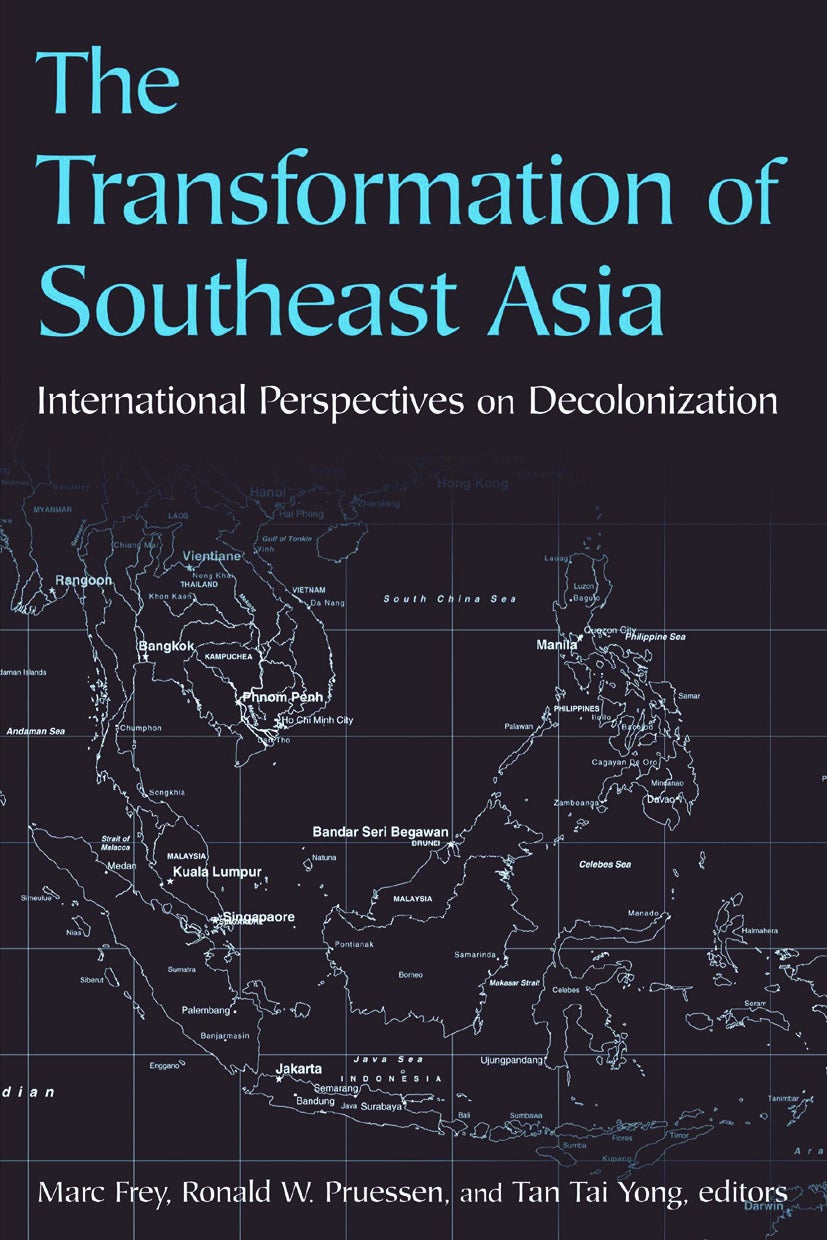
| Title: | The Transformation of Southeast Asia: International Perspectives on Decolonisation |
| Author/s: | Marc Frey, Ronald W. Pruessen, Tan Tai Yong |
| Abstract: | Providing the basis for a reconceptualization of key features in Southeast Asia's history, this book examines evolutionary patterns of Europe's and Japan's Southeast Asian empires from the late 19th century through to the 1960s.ÔÇï |
| Date: | 1 January 2015 |
| More From: |
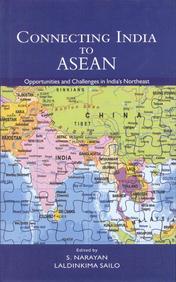
| Title: | Connecting India to ASEAN Opportunities and Challenges in India’s Northeast |
| Author/s: | S Narayan, Laldinkima Sailo |
| Abstract: | India has announced its interest in enhancing economic ties with ASEAN, while the latter is committed to greater regional integration. Towards that end it seeks to establish the ASEAN Economic Community (AEC) and the Regional Comprehensive Economic Partnership (RCEP). What role, therefore, can Northeast India play in this context? Since it lies in close geographical proximity to ASEAN, it offers a window through which India can extend a connectivity network with ASEAN. Economic development in Northeast India is critical for the country’s connectivity programme and this should be an important part of India’s agenda in forging multilateral cooperaion with Asian countries. |
| Date: | 1 January 2015 |
| More From: |
Load more


